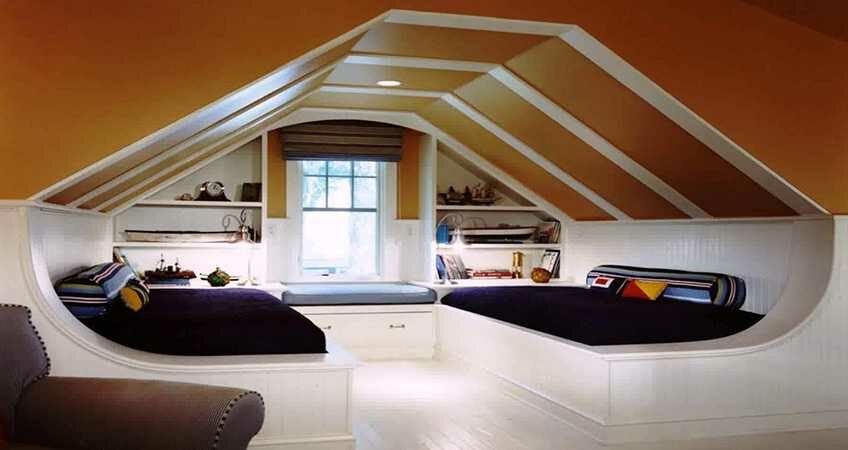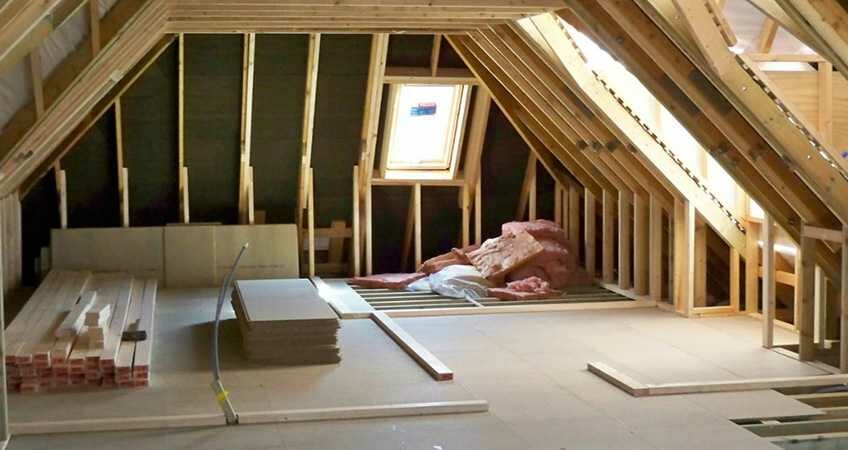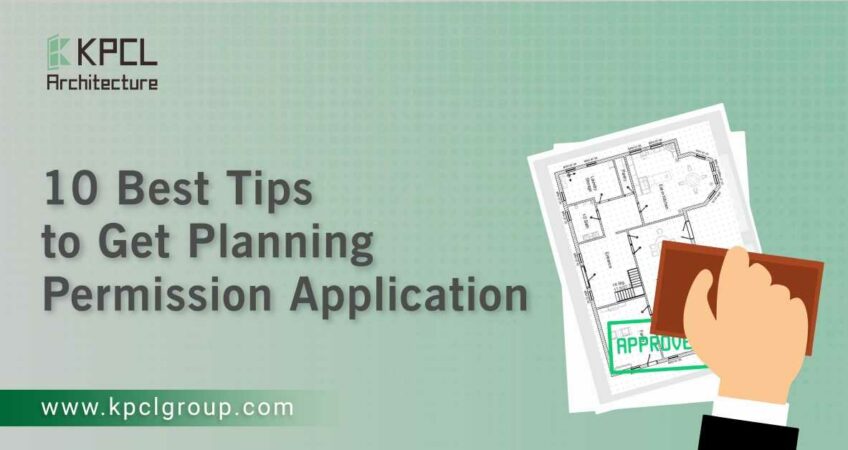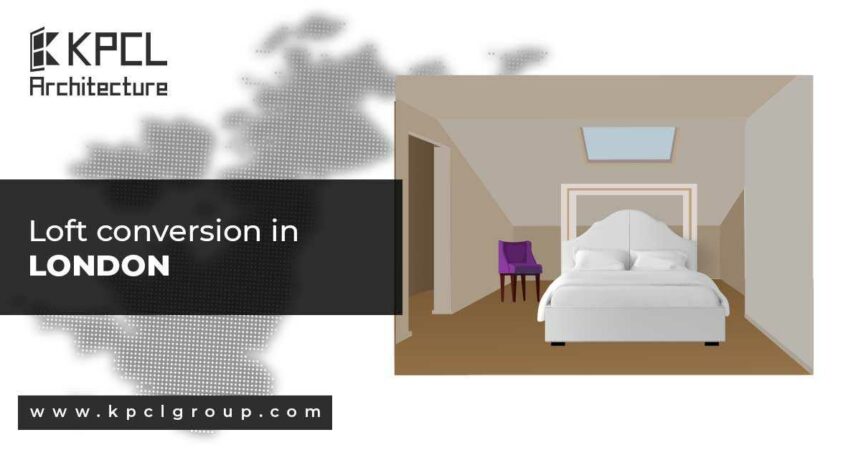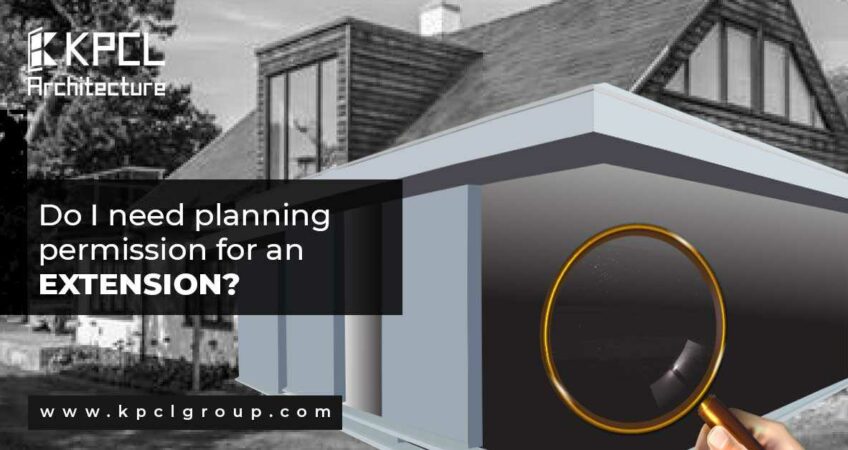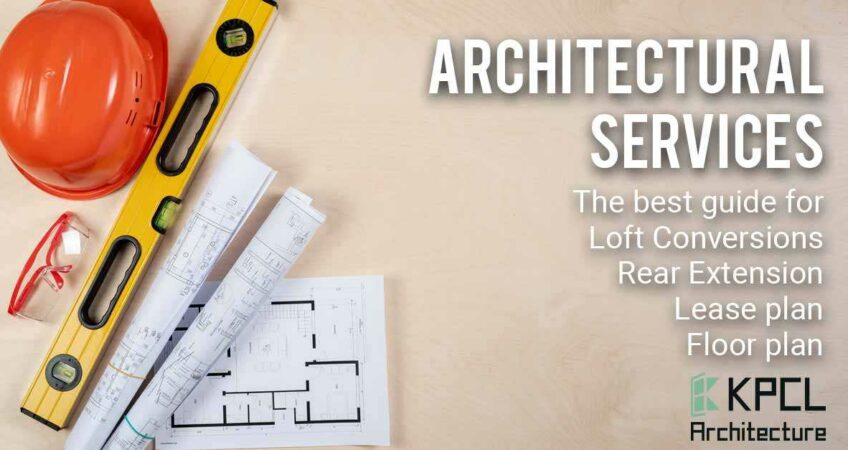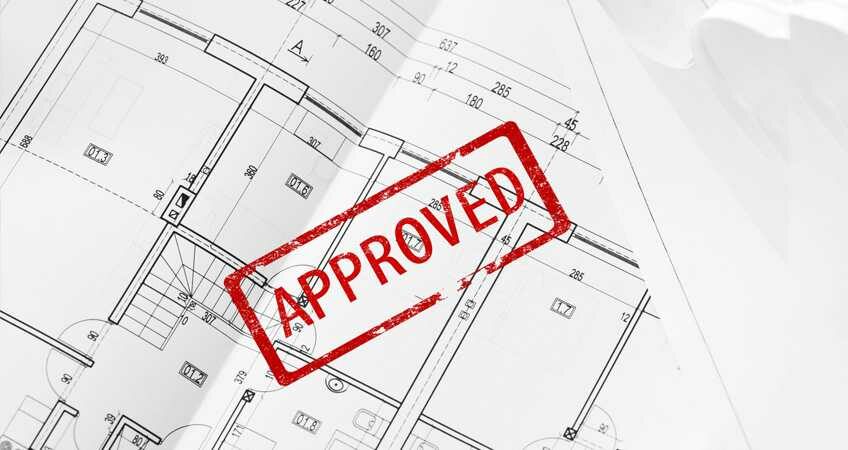Contents
# Planning Application
A planning application is one of the significant steps towards the process of developing a new building. Extension or conversion works. Replacing any form of the existing building or installation works. So, you have to keep in mind that. If the planning application is not approved, you are unable to proceed with the further works. To get a fruitful result from the planning application, you have to follow some instructions known as the processes of the planning application.
Let’s Look At Those Steps And Try To Perform Those Accordingly.

# Planning Application Processes
In the UK, none of your constructions would be allowed if it does not pass the approval of your local council. And in order to get your application accepted, the pre-requisite is a planning application. Many homeowners have a long list of questions regarding the planning application process and other related. For your information, all the basic queries answer in this blog.
# What Is A Planning Application?
Planning Application, as the name suggests, is requesting for planning something. In the UK, you need to have permission from your local authority in order to build any new project or for any alteration to the existing one. Therefore, the Planning Application is submitting the necessary documentation to the local authority for the approval of your new build or any renovations. In addition, For any sort of property development, be sure to have complete knowledge of the planning application process beforehand.
# What Are The Types Of Planning Application?
For ease of assessment, the planning application is of several types depending on the type of establishment. Some of the most famous types are,
1. Full Planning Permission
Your application falls under this category if,
- You want any change regarding an apartment.
- You want to use your flat for other purposes than a residential one.
- If you want to change the number of apartments in a building.
2. Householder Planning Permission.
This is one of the common types of planning permission. This permission includes,
- Loft Conversion
- House Extension
- Conservatories
- Garage and outdoor buildings.
3. Outline Planning Permission
This type of permission shows whether the given scale and the project are compatible with each other. Then after its grants, then full details submit further.
# What To Submit for Planning Application Process?
Before applying to the authority, make sure that you have all the necessary documents. Otherwise, your planning application may get rejected. The planning application process has 2 sets of requirements. In addition, One is the National requirement and the other is a local requirement. National requirements are valid all over the UK. However, the local requirements vary from one local authority to the other.
The National Requirements are,
- The accurately filled Application Form.
- Plan diagrams like the site plan and location plan is a must.
- The correct ownership certificate signed by the owner.
- Certificate for agricultural holdings verifying that all the agricultural tenants are notified beforehand.
- If necessary, design and access statements need to be submitted with all the details and
- The required application fee.
For the Local Application requirements, inquire at your local planning authority. Find your local requirements form. For more detailed information, visit the planning portal
# How Long Does It Take For A Planning Application To Be Approved?
The Planning Application Process may take a lengthy amount of time to be authorized. The usual period is 8 weeks at the least. However, if your project is massive and complex, it may get extended up to 13 weeks. The local authority would give you an idea beforehand when the results will be given. In order to extend the period from 8 weeks, the authority needs to have written consent from the owner. Otherwise, the owner has the right to take legal action. You can check your application status from here.
# How Much Does It Cost To Put In A Planning Application?
The cost of your planning application is not fixed by the council. In some cases, you can get free Planning Application for listed properties or demolition at any conserved area. For a new single floor building, the planning application may cost around £450+. For online application, you need to pay a service charge of £20.83 (+ VAT) for any application above £60. You can calculate your Planning Application Cost from this link.
# What Happens After You Submit A Planning Application?
After receiving an application, the local planning authority would check the validity of your application. They would check if you have filled the form correctly, if the national requirements are met and if you have submitted all documents requested by the local authority.
Then the application is handed over to the management. It is either done by the local authority or other authority for specialized functions. The authorities assess the plan in accordance with their standards. Thus, after 8 weeks or more you are given the decision.
# How Do I Apply For A Planning Application UK?
If you have all the necessary documents and guidelines, you can easily submit your application. Go to the Planning Portal website and submit your application there. In some cases, the amount of files is too big. Then you might need to submit those by yourself. In some cases, you need to submit the hard copy while in other cases appropriate soft versions can be used.
# Importance Of Planning Application
A planning application is one of the significant steps towards the process of developing a new building, extension or conversion works or replacing any form of the existing building or installation works. So, you have to keep in mind that if the planning application is not approved, you are unable to proceed with the further works. The planning application process may seem very tough for us.
But to get a fruitful result from the planning application, you have to follow some instructions strictly. These rules and documents ensure the safety of your construction along with its surroundings. It regulates the effect of your build on the environment and makes sure that everything remains sound in the long run. Therefore, take all the precautions and make sure that your planning application is perfect.
# What Would Planning Application Consultants Do For You?
In the UK, there are lots of companies that consider experts for planning application procedures. You can look at their services and select the best one from here. A group of expert consultants would help you in the following way,
1. Pre-Application Advice:
Before making any decision about the planning application, you might look for advice and consultation about how to avail the best planning application. Therefore, You won’t surely want to pay the fee more than once. Planning consultants are your trusted guides for a flawless application. Also, They would check if all the papers and drawings are accurate. Moreover, they would help you get permission in the easiest course with their years of expertise.
2. Application And Validation:
All the documents and fees need to will check before submitting the application. One can avail of the guidance from the website of the council. But for no unintentional mistakes, the consultants would proofread it for you. Moreover, if any document is missing they will help you to submit the document before the processing.
3. Permissions And Certificates.
You would need to send different documents to the experts to get their certifications. Also, letters send to the neighbors and tenants where applicable to get clearance. Besides, advertisements placed on local papers and sites when needed. And to accomplish all these steps smoothly, a consultant is your first choice.
4. Site Visit And Assessment:
The site visits for inspection and assessed with the application to follow planning policies, Public representation, and consultation response. You will need expert guidelines for these tasks.
5. Recommendation:
Officers provide recommendations on the application by officers’. Reports to the respective person to process the application.
6. Decision:
Senior persons with the delegated power who have considered the Planning Committee provides a decision. That shows that this team can make decisions without visiting the relevant committee to boost up the process.
# Final Words
Above all, The planning application process may seem like a lengthy process for amateur home-owners. however, steps to follow for planning application processes are easy to carry out if it is conducted by an expert team. So, you should look for experienced and expert consultants to get fruitful results. For instance, by Hiring a planning consultant, you can easily avoid all the complications you could have faced! Thus, your way of constructing your dream project would be smoother than ever. For any of your architectural queries, contact us at KPCL Architecture. Our expert team of Architectural designers and planning consultants is eager to help you out.
(Our Next Post: How To Design Your Kitchen Extension )


